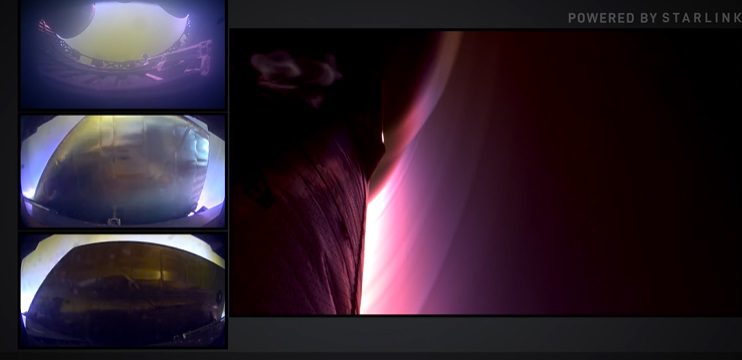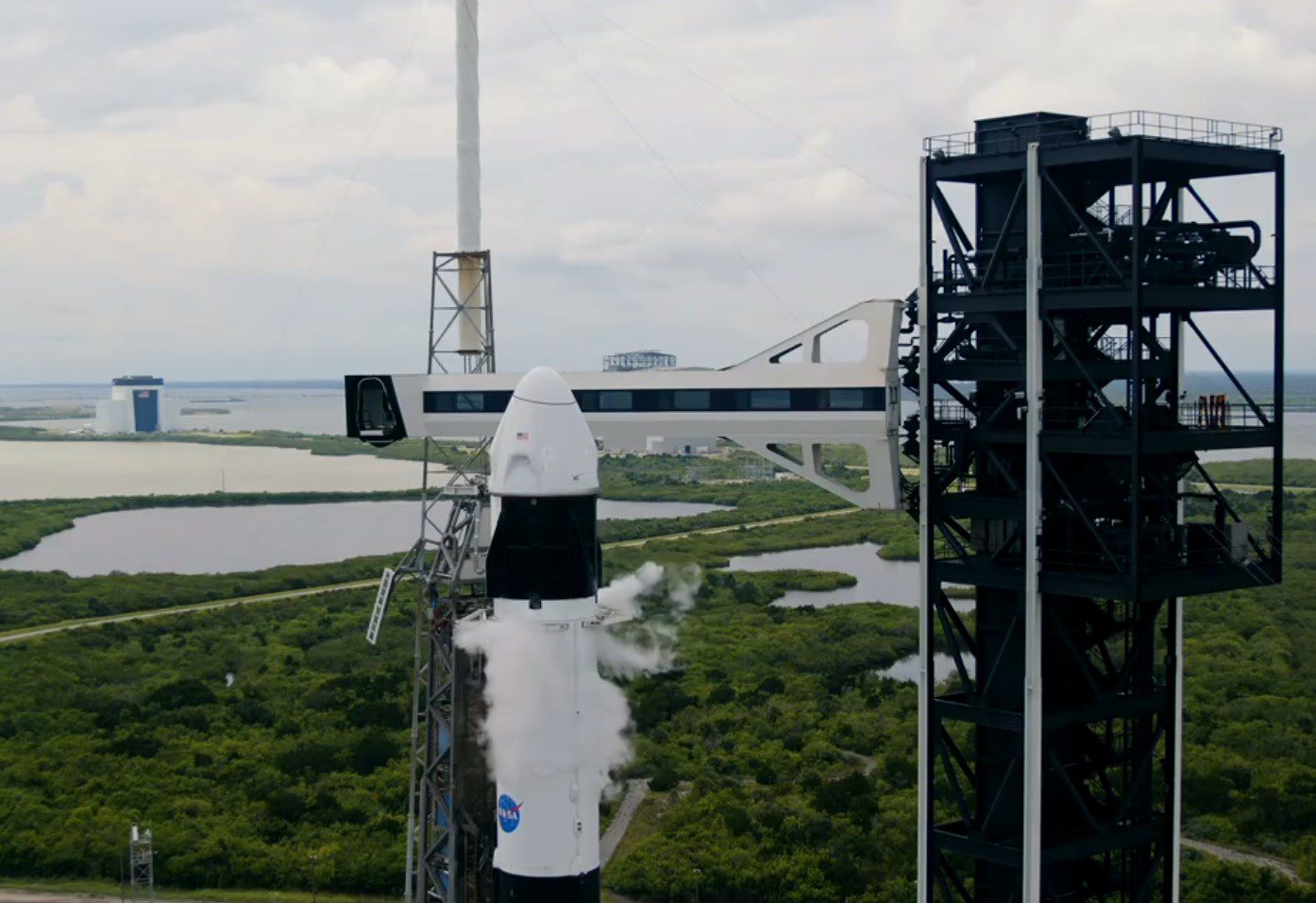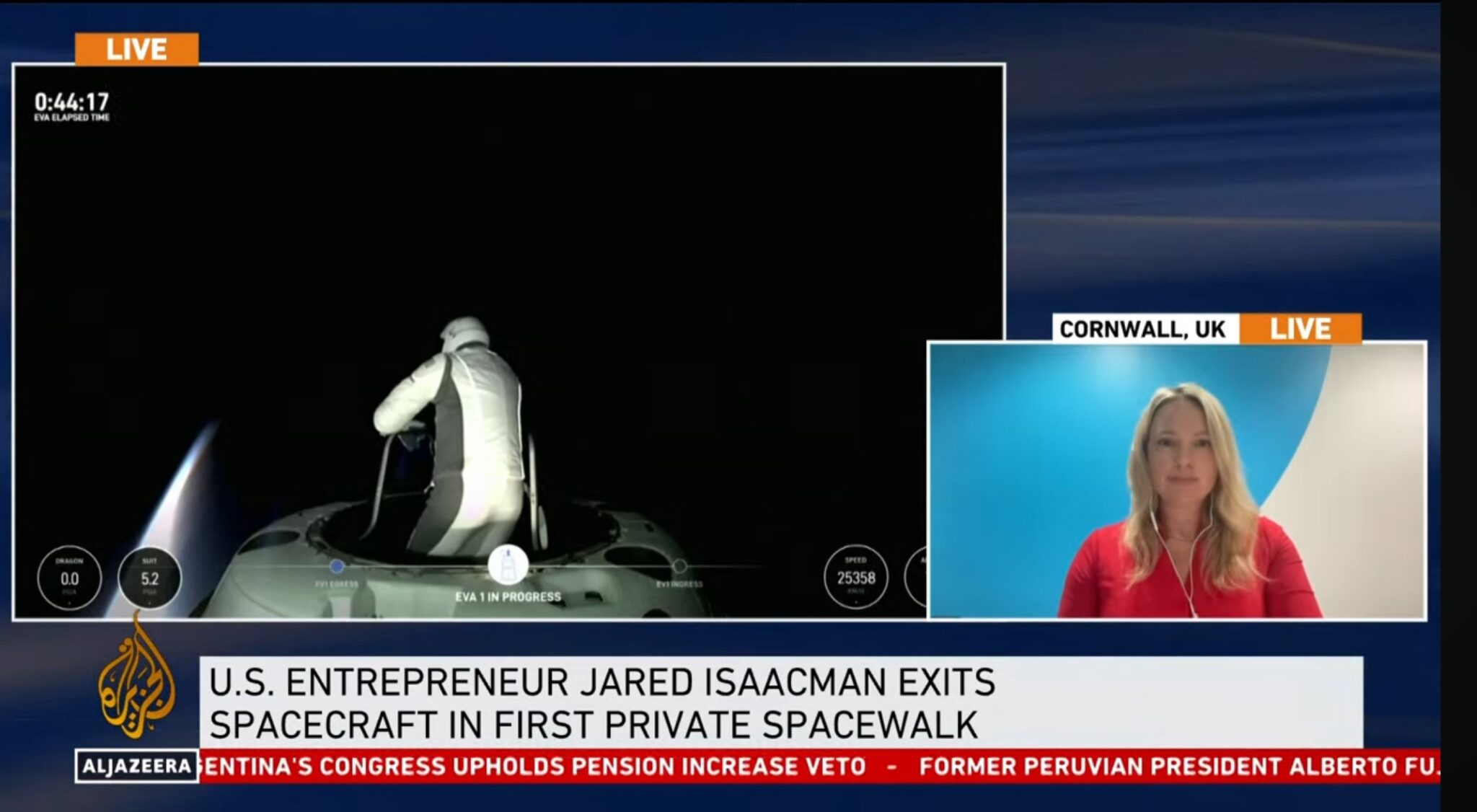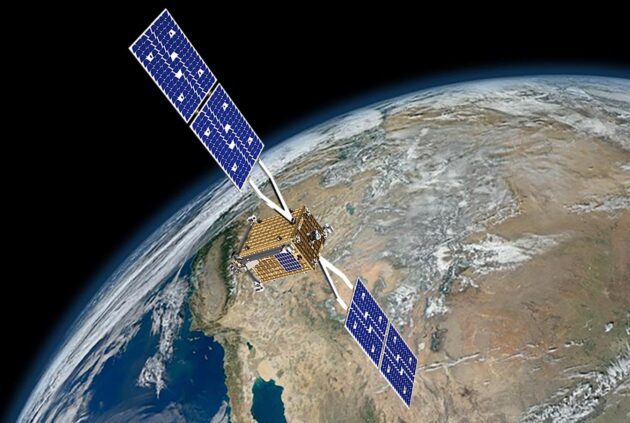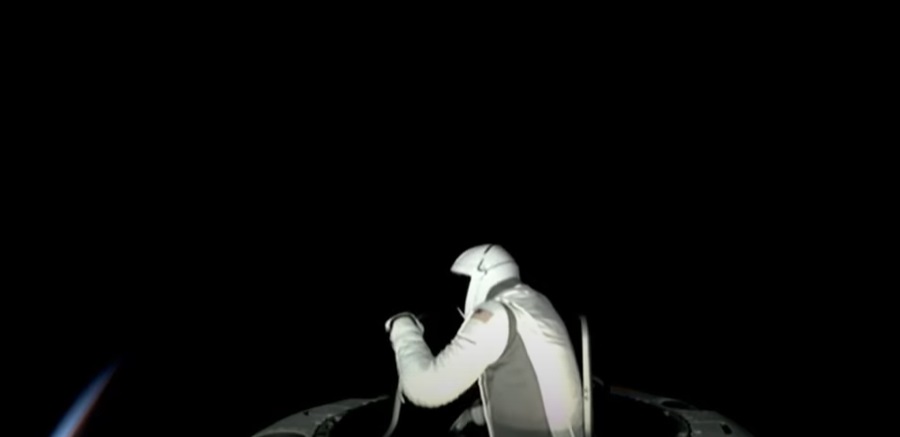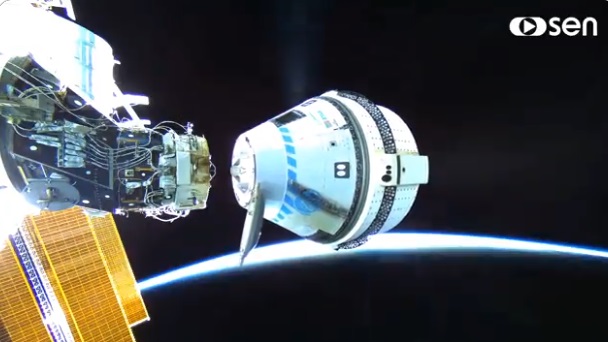The “lucky little rocket” Vega continues to survive and even prosper in spite of its great expense. At the Reinventing Space (RISPACE) conference, held in Oxford in November, Markus Bertschi, Head of Exploitation and Launch Ranges at ESA’s Directorate of Launchers, made a strong defence of ESA’s Vega launch vehicle and its Vega-C successor. While accepting that its €40 million launch price was expensive relative to other rockets, he rebutted the perception that most Vega launches booked were for ESA, noting that only two of five launches flown to date were actually for the agency.
Bertschi explained that he did expect competition for Vega to increase as new lower cost launchers came on line but, for the time being, it had few significant competitors with the only significant one at present being Rokot. While he declined to give full details, Bertschi said that of the 10 Vega rockets recently ordered for construction, nine of these launches already had customers to carry a total of 11 spacecraft Bertshi also noted that the market in Vega’s payload range class to Sun-synchronous orbits was much bigger than had originally been expected at double what ESA had projected 15 years ago. This change he attributed mainly due to due to the increase in Earth Observation mission payloads. Vega’s survival, via the new Vega-C version, was greatly aided by the new Ariane 6 design since its solid boosters are, in effect, the same as the first stage of the Vega-C. Nevertheless, while Vega-C can carry twice the payload of the current Vega for the same launch price, it faces competition from a number of new launch vehicles.
With respect to Ariane 6, being developed as the main workhorse rocket in the Arianespace stable, Silvio Sandrone, Vice President Stategic Partnerships at Airbus Safran Launchers, noted that, for the time being, this would be expendable. Research into possible reusable options remained ongoing. He accepted that Ariane 6’s boosters would probably have to be made into reusable fly-back types if a reusable first stage was to be economically employed.
In the wings, hoping to become Ariane 6’s successor, is the British Reaction Engine’s single-stage-to-orbit Skylon space plane concept and its SABRE air-breathing rocket technology. Sandrone declared himself an admirer of the SABRE engine design, though he openly wondered whethera multi-stage approach using the engine might be better than going for a single-stage-to-orbit vehicle
While new vertically launched rockets such as the Angara-A1 and Soyuz 2-1v are expected to cut into Vega’s main market, some smaller low-cost rockets may attack it at the smaller end of the payload range, including the Firefly Alpha (BIS-RS-2015-64). This new LOx (Liquid Oxygen)/Kerosene burning rocket uses an unusual multi-burner/aerospike arrangement on the first stage. Possible small launcher designs were also mooted by Yuzhnoe (BIS-RS-2015-33) at the RISPACE conference.
While Virgin Galactic’s LauncherOne has gained most publicity as a new air-launched rocket, it is not just aircraft that may be used for carrying such launch vehicles. Some organisations are also considering air launches using balloons (such as Zero2Infinity’s Bloostar) or even airships (BIS-RS-2015-76).
In the field of micro-launchers, Charles Lauer, of Rocketplane, which is emerging from bankruptcy,, explained plans to air launch small rockets that would detach at supersonic speeds from the central hard point of an ex-Italian Air Force F-104S Starfighter jet. Payload to sun-synchronous orbit is expected to be 20kg. With respect to vertical launch types, the use of hybrid engines was also reported as being considered for Nammo’s North Star rocket family (BIS-RS-2015-16).
More radical suggestions for launching satellites ranged from electromagnetic guns to space elevators, using magnetic levitation and a half loop of tubing (BIS-RS-2015-30). Perhaps most bizarre of all was the so-called “Electric Rocket” concept (BIS-RS-2015-79) described by Andrew Bacon of Thales Alenia Space. It uses beamed microwaves to remotely power a launch vehicle, albeit with the downside that the microwave beam and its side-lobes would effectively cook anything in them (e.g. birds, aircraft passengers). More reassuringly, earth banks would be used to protect near observers from the ground transmitters, while the beam itself would be relatively narrow and only track the transponder aboard the vehicle. No fly zone warnings would, of course, be given to nearby air traffic if not to our feathered friends.
The other downside of the “Electric Rocket” was that the system needed multiple gigawatts of power – equating to 6% of the entire power generation capability of the UK – to launch a 200kg payload to LEO. All things being equal, it could be back to the drawing board for that one.

